Introduction: The Final Frontier
As NAB 2024 unfolds, virtual production continues to mature as a groundbreaking filmmaking method that combines cutting-edge technologies and workflows. In this story, we profile Europa, an ambitious sci-fi student short film written and directed by Jacqueline Elyse Rosenthal. I enjoyed visiting the Europa set in February 2024 and observing the talented and diverse team in action.
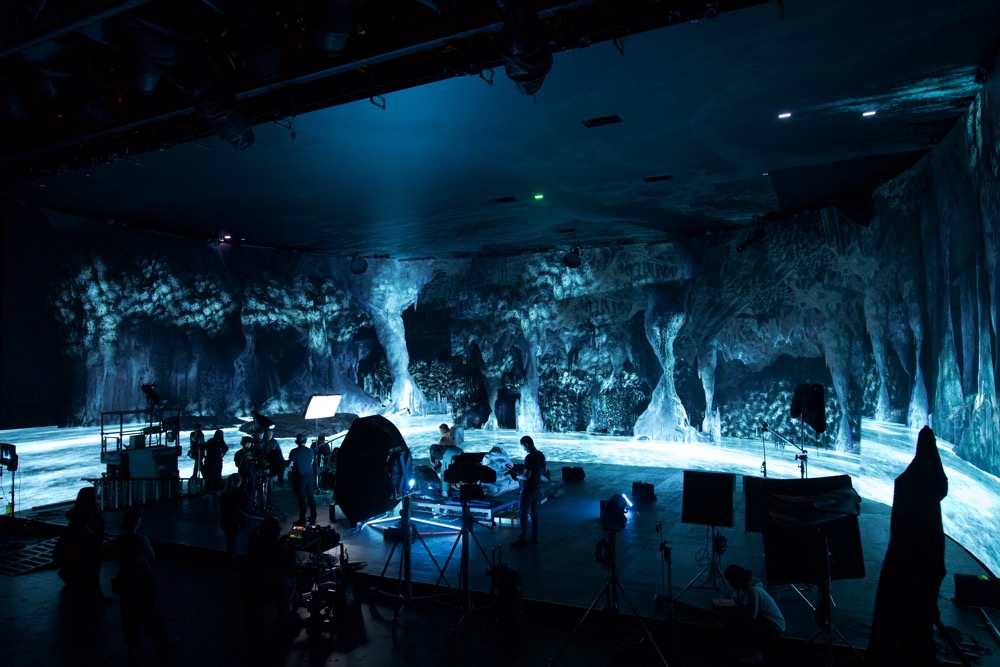
The short film chronicles the journey of three astronauts on a critical mission to Jupiter’s moon, Europa, to extract water and save an Earth facing severe environmental decline. As they navigate the ethical and technical challenges of harvesting extraterrestrial resources, the crew confronts profound questions about humanity’s place in the cosmos and the consequences of exploiting other worlds. The thought-provoking story blends adventure with a reflection on environmental stewardship and the moral dilemmas of space exploration.
“One thing that made me feel grounded as a child was connecting with the ocean and collecting shells,” recalls Rosenthal. “Making this film is an opportunity to wonder about our place in the universe and global footprint.”
Making this film is an opportunity to wonder about our place in the universe and global footprint.
Jacqueline Elyse Rosenthal, Director
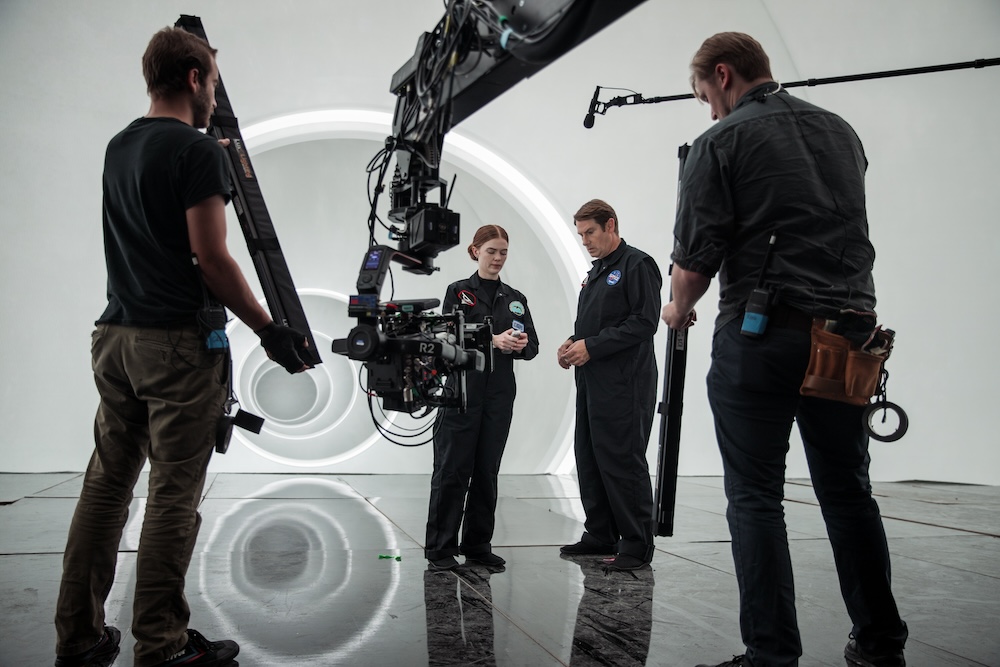
ETC’s Mission
Europa is supported by an array of virtual production companies, technologies, and specialists led by the Entertainment Technology Center (ETC) at USC’s School of Cinematic Arts. Erik Weaver and Tom Thudiyanplackal are executive producing the effort for ETC.
“What attracts people to an ETC production is being on the cutting edge and exploring things that most people wouldn’t have access to,” explains Weaver. “There’s quite a bit of innovation in virtual production, metadata, and all these other technologies—it’s an exciting time to be a filmmaker.”
“ETC is a unique and neutral sandbox that invites otherwise traditional competitors to come on board and play together,” adds Thudiyanplackal.
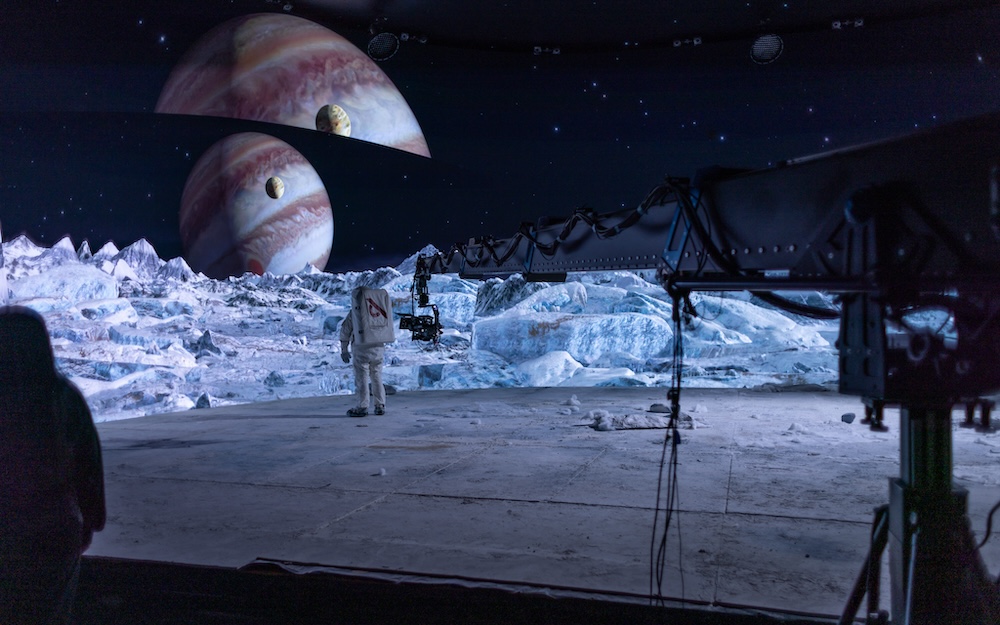
The overall goal of Europa, as with ETC’s previous projects, is to experiment with and validate new cinematic techniques while exposing students to a professional environment in preparation for careers in film and television. For this project, the latest technologies to be tested included metadata, remote collaboration, and a new virtual production stage facility at Sony Pictures Studios, operated by Pixomondo.
Other partners include Cooke, Disguise, CG Pro, EZTrack, Perforce, Movie Labs, Rebel Fleet, Cuebric, Qube Cinema, MOD Tech Labs, Sony DMPC, Creative Solutions, Keslow Camera, Aputure, Sony Ci, AWS, The Scan Truck, DNE, Cintegral Solutions, and others. The production employed cloud-first principles, allowing for global collaboration across different time zones and regions, including the US, Australia, New Zealand, India, Scandinavia, Iceland, and Canada.
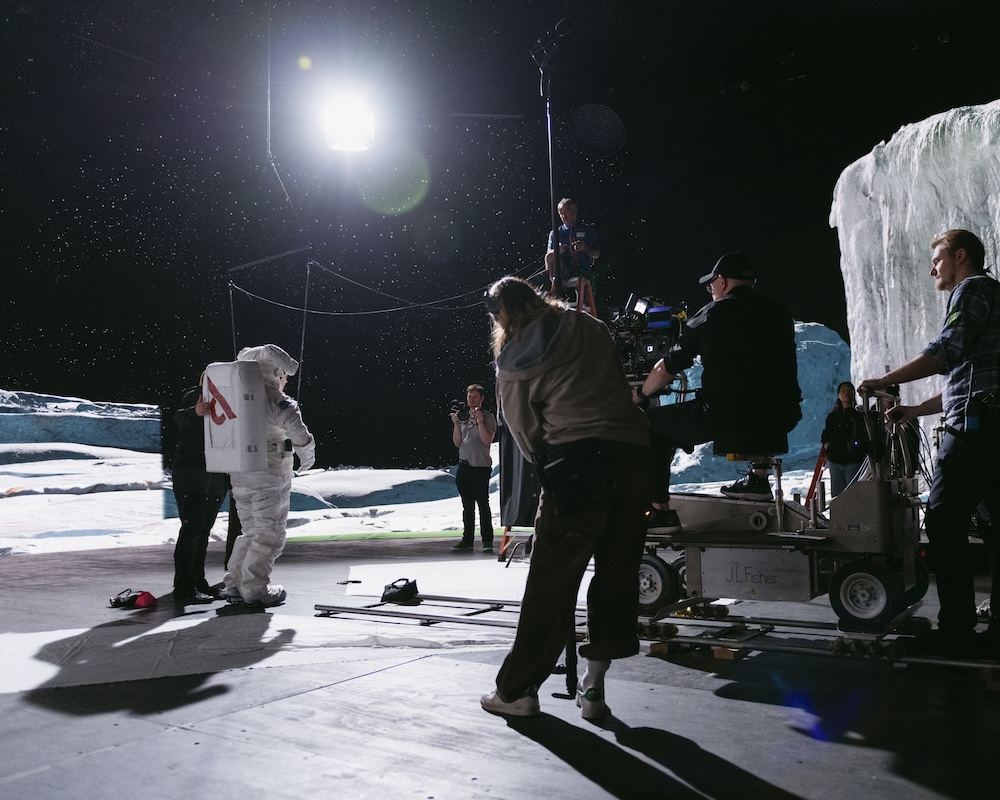
Co-executive producer Christina Lee Storm, a virtual production veteran with credits including Life After Pi and a leadership stint at Netflix, celebrates the spirit of collaboration from the various companies that volunteered their time and personnel for the project.
“Everyone has a bit of skin in the game, but it’s not a competition,” Lee notes. “It’s important not only for us to help train up the next generation but also for working professionals looking to enter virtual production to get some practice.”
It’s important not only for us to help train up the next generation but also for working professionals looking to enter virtual production to get some practice.
Christina Lee Storm, Co-executive producer
Key Players
Sony is one of Europa’s major supporters, providing Stage 7, its state-of-the-art virtual production volume at Sony Pictures Studios in Culver City, California. The stage features Sony Crystal LED B-series 1.5mm panels in a classic C-shape with a ceiling and Sony’s proprietary processors. Sony also loaned VENICE 2 cameras with a custom Virtual Production Tool Set to enhance their use in a virtual production environment. Virtual VENICE, Sony’s Camera and Display Plugin for Unreal Engine, is a unique tool that visualizes undesirable moiré artifacts before they can potentially ruin a shot, a key concern in virtual production along with the ability to preview wall content on specific optics and a suite of Color Calibrator tools geared to the VENICE’s sensor.
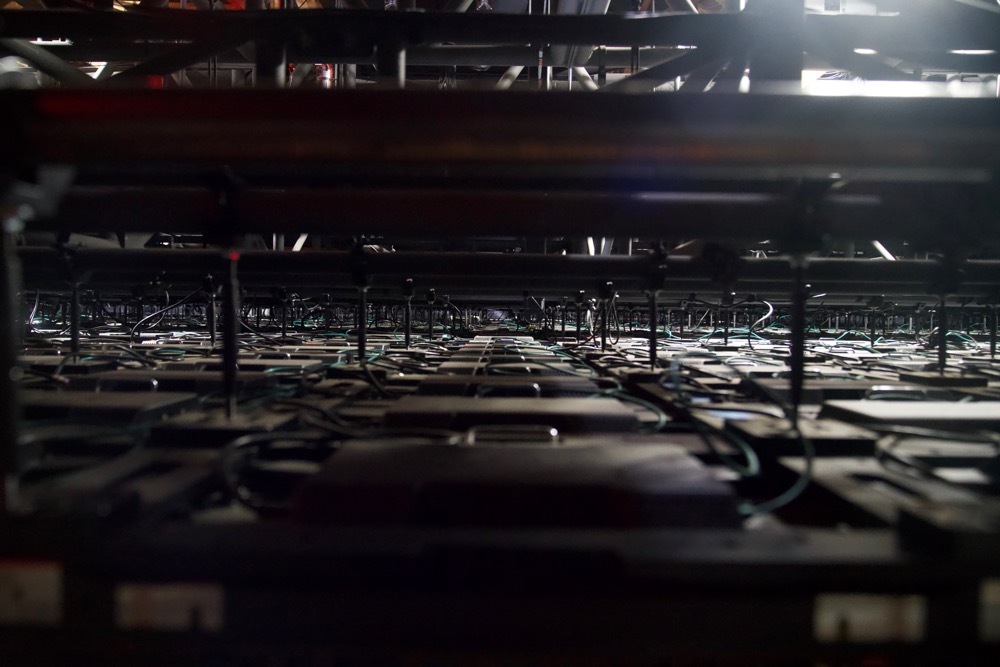
Sony also provided the services of Torchlight, its advanced visualization facility. “Torchlight helped take scenes from different crews in different countries and harmonize and optimize them into something that would fit into a reasonable LED wall stage,” says Erik ‘Wolfie’ Wolford, Europa’s director of photography. “They helped us cross the last mile to production and made a big difference.”
The Role of Metadata
One of Europa’s primary goals is to explore and refine the use of metadata for virtual production. Metadata includes detailed information about various elements and processes, including digital assets, scene descriptions, camera settings, and production notes. This metadata helps facilitate efficient organization, tracking, and integration of virtual and physical production elements, enhancing collaboration across departments and streamlining post-production workflows. Metadata is often very challenging to maximize its potential, with even seemingly simple tasks such as a consistent naming convention across production departments can be complex. Europa aims to address this.
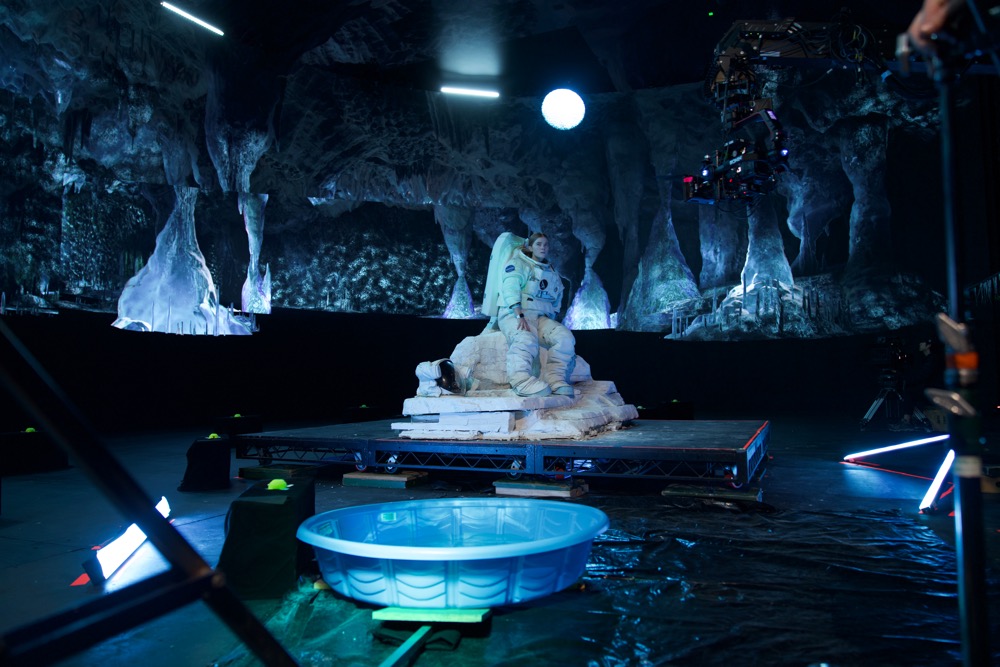
Consistency in nomenclature and overall usage and workflow in metadata are critical to achieving this goal. To that end, the Rebel Fleet team is in charge of improving metadata management. They created Konsol, a software solution designed to capture, organize, and streamline the use of metadata across the production process. Konsol aims to solve everyday challenges in post-production by ensuring all captured information—from camera sheets to VFX data—is accurately documented, easily retrievable, and effectively communicated between various departments.
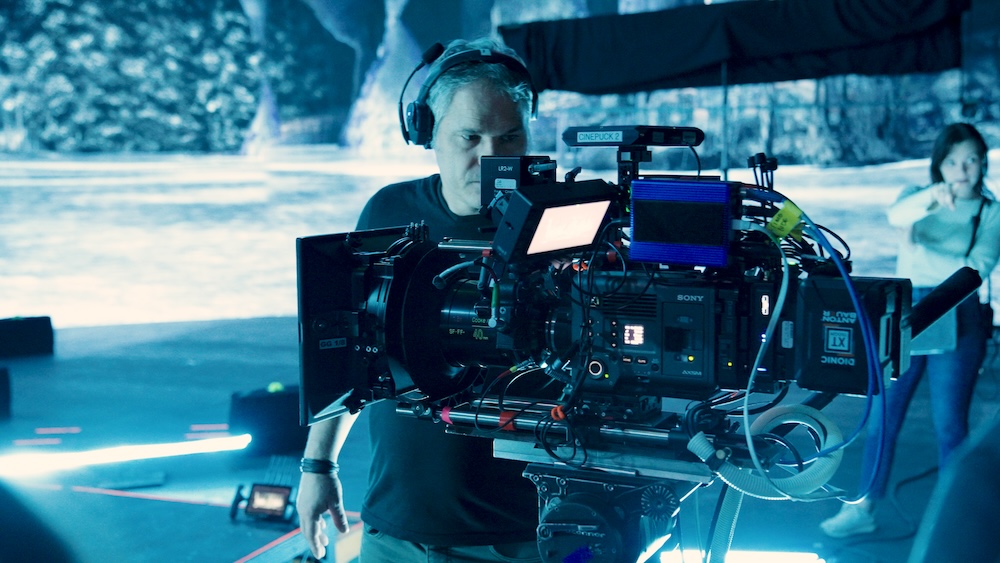
Along with metadata collection at the file level, Europa also tapped into Cooke’s /i Technology capabilities via the full set of anamorphic lenses provided by the company. The team had a high-quality camera tracking solution by pairing the kit with EZ Track. The lenses were also able to solve anamorphic lens distortion via factory calibration. “We thought virtual production was going to be a problem with anamorphic because of distortion and reflection issues and everything else, but it turned out to be not as big of an issue,” notes Wolford.
Looking to the Future
Europa is a work in progress, with the short film slated for release later this year. I’m also working on a white paper that will break down all the key technologies and workflows interspersed with findings and personal observations from the team.
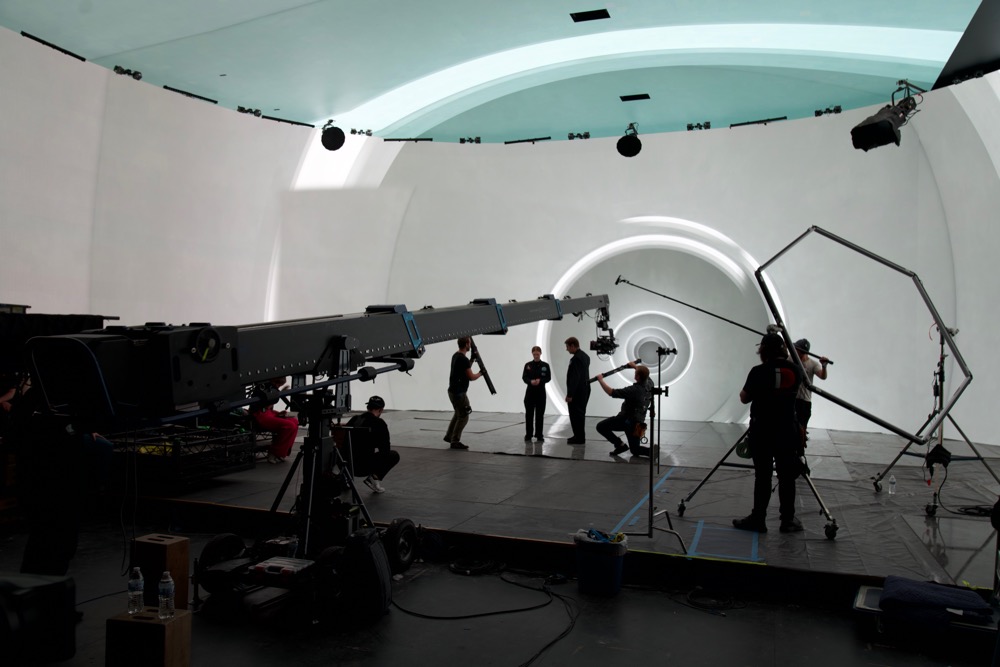
I’m thrilled to help share this team’s collaborative spirit and vision for the future of virtual production. If you’re attending NAB 2024, check out the special presentation from some of the crew behind Europa at Sony’s booth, C8201. The booth will also include Sony’s latest technologies and a working LED volume with its newly released Crystal LED VERONA panels.
For more information about Europa, please visit https://www.etcenter.org


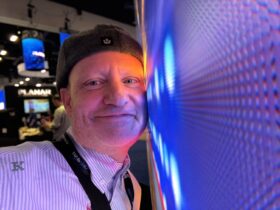
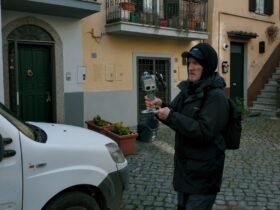


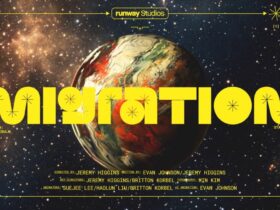
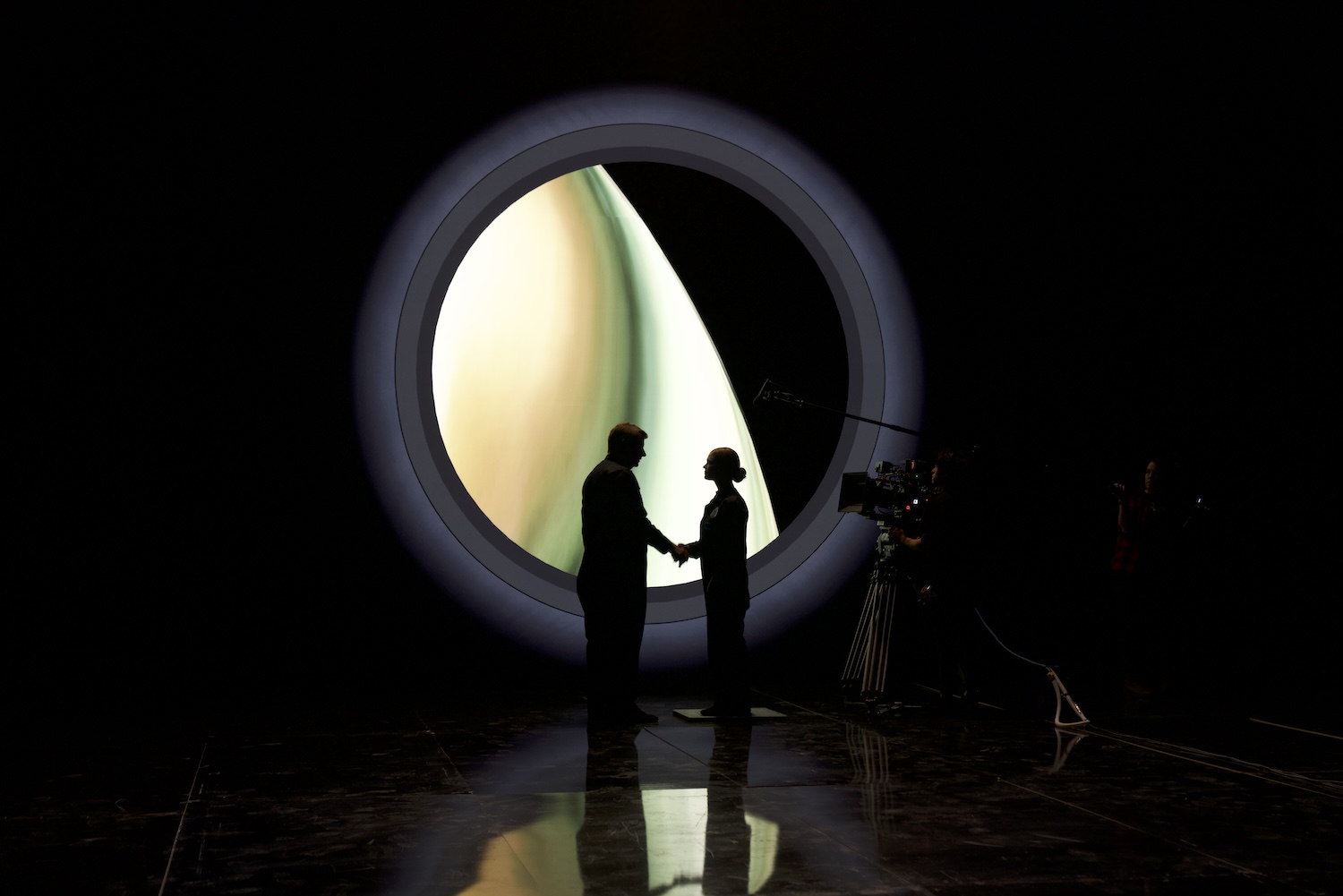


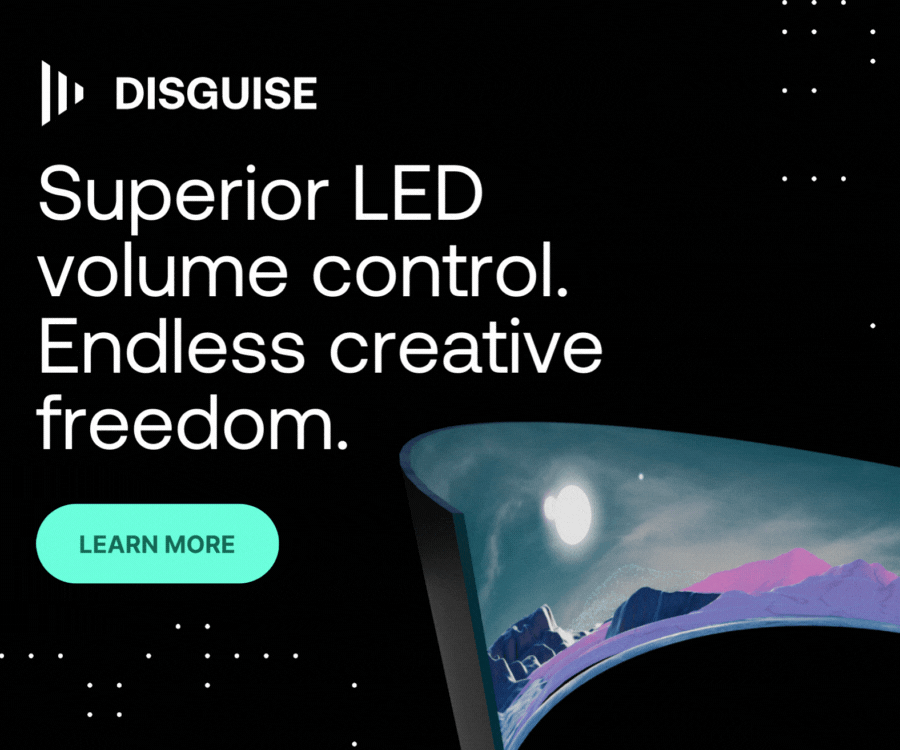
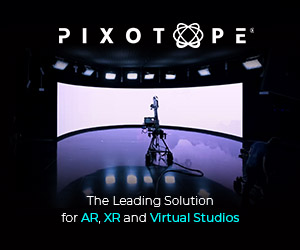
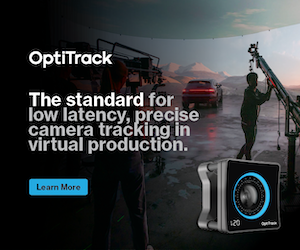

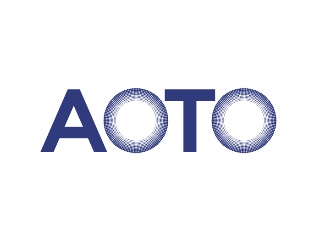

Leave a Reply